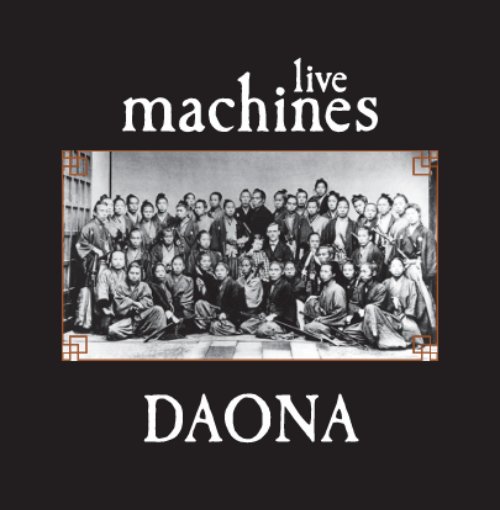 Picture a disillusioned man – still barely 40 yet struggling with a spirit crushed by professional failure and a heart broken by disastrous marriages – reaching a point of exhausted resignation and moving in with his aunt. Withdrawing from life, in a few years time he will be dead.
Picture a disillusioned man – still barely 40 yet struggling with a spirit crushed by professional failure and a heart broken by disastrous marriages – reaching a point of exhausted resignation and moving in with his aunt. Withdrawing from life, in a few years time he will be dead.
That man was Dr Hans Prinzhorn, a German psychiatrist, who earlier, in the course of his short and turbulent career, nevertheless gathered, and wrote about, a truly extraordinary collection of artwork made by patients suffering from mental illness. Prinzhorn, seeing more than the insane daubings of lunatics, analysed the work seriously and critically, examining more closely than anyone had previously ever done the boundary between individuality and creativity, and the expressive functionality of the human mind at the limits of its existence.
Though the good Doktor’s work was doubtless not without moments of humour and levity, he was not really the man to be running a dance school. However, the fact that his singular vision of the aesthetics of outsider art was subversive enough for the Nazis to include work from his collection at the notorious Entarte Kunst – Degenerate Art – exhibition in Munich in 1937 (four years after Prinzhorn’s death), was probably a factor that drew artist /musicians Tobin Prinz and Suzi Horn towards his name as a totem. I like to think that the dance school in question is the one in Dario Argento’s Suspiria. That was also in Germany.Regardless, Prinz and Horn’s second album, Class Clay, arrives some half decade after its eponymously-titled predecessor. And not before time. The format is deceptively simple: Prinz sings and plays drums, Horn sings and plays bass. There is also guitar. This configuration, though, lacks for nothing. Indeed, in an era which affords effortless access to home studios that allow bedroom production on a scale to make vintage Yes blanch with the possibilities of it all, Prinzhorn Dance School use their minimalist palette as something of an Oulipian constraint. After all, it was good enough for Ruins.
Prinzhorn Dance School’s taproots snake down into the early 1980s. But not the period of New Romanticism, pastel colours and clothing that always seemed to fasten diagonally, but that other early 1980s, a truly dour period when recession and paranoia were biting hard in the pre-Falklands era, and Britain saw nothing but waves of industrial decay, violence and hunger striking in Northern Island, the Yorkshire Ripper and riots on the streets of Brixton. There was, though, the pageantry of a Royal spectacle to take everyone’s minds off it. Hasn’t 30 years changed the nation such a lot?However, it was also still a glorious period of Post-Punk, when Gang of Four were in their pomp, and, if you were smart, dammit, you could still see This Heat perform live. Like Oakland’s Erase Errata, Prinzhorn Dance School draw heavily from this period without being mere slavish copyists. There’s something more akin to taking up a tattered battle flag once more and marching under it. The guitars scuff and scratch, the drums beats simply and urgently, the kick drum like a pounding on your door at 4am. Horn’s bass delivers exactly what is needed and not a note more, like an elegantly simple equation in mathematics. The vocals are delivered in a deadpan near estuary English, with shouty backing vocals that bring to mind a time when The Slits could bare their breasts on the cover of Cut and it seemed not like a commercialised sexual commodification but a proper feminist fuck you.
Despite its very urban sound, the first Prinzhorn Dance School album was recorded in rural locales in Devon and Sussex, and there is a curious and subtle strain of ruralism that runs through the material on Class Clay, most obviously the lyrical asides that mention the seasons, the bareness of the trees, Britain in bloom. This is most explicit on the wonderful “Seed, Crop, Harvest”.Unlike most, Prinzhorn Dance School appreciate the almost lost knowledge that the spaces in between the notes are as important as anything that is actually played. They have mastered the art of the awkward silence and music with all the extraneous supports pulled away, like a tower of Jenga just before the collapse.
Class Clay is like looking out over a beautiful frost-covered field early in the morning.
-David Solomons-



